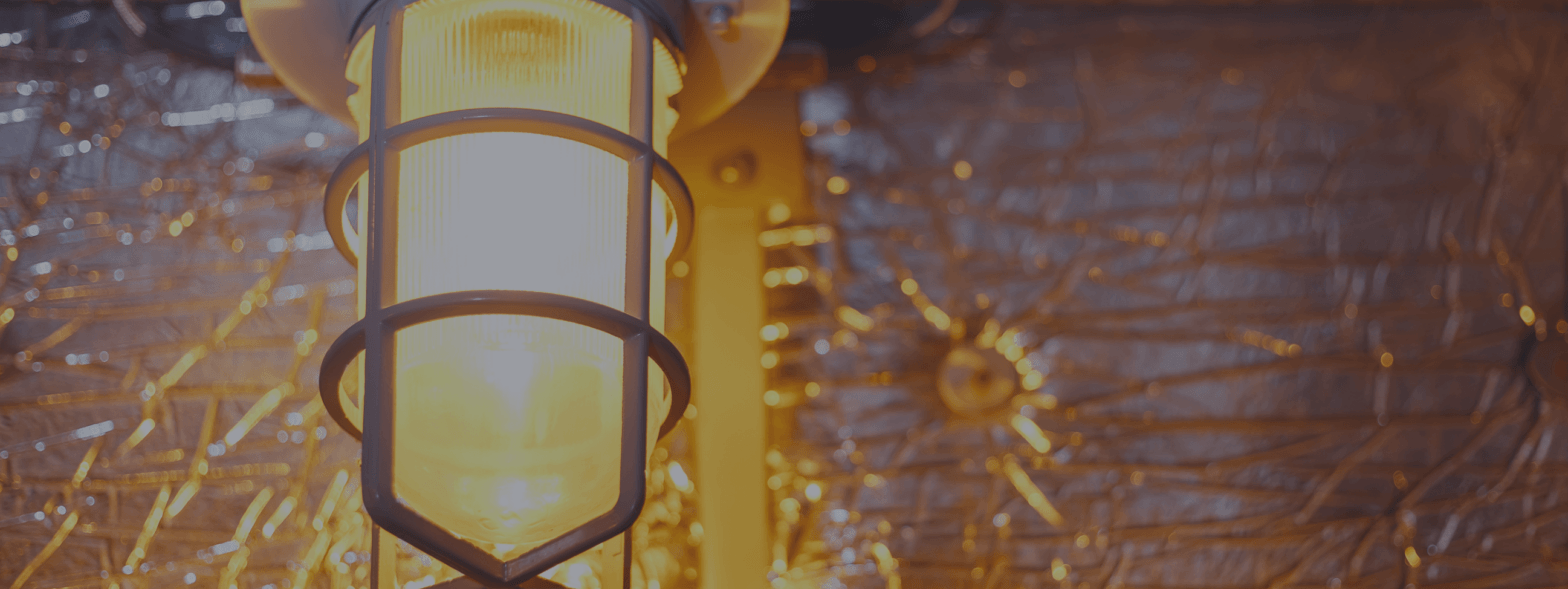Equipping workers and facilities with explosion proof lighting and types of equipment is one of the top priorities when it comes to ensuring their safety in a hazardous environment. This is due to the fact that it restricts thermal and electrical energy in order to prevent ignition. This could imply controlling heat generation and buildup to avoid exceeding a dangerous substance’s ignition temperature. Maintaining voltage and current low prevents the chance of sparks in electrical energy.
This along with the equipment that is designed to withstand explosions by containing the explosion within it. Higher wattage is possible because to the development of strong, thick equipment that can resist an explosion. It’s specially designed to avoid a malfunction in electrical process equipment, whether it’s intrinsically safe or explosion proof.
Now, speaking on behalf of the work environment let’s tackle what kind of factors you need to consider when purchasing intrinsically safe and explosion proof lighting.
1. Ensure it is intrinsically safe
Employees who operate in hazardous situations, both direct and contract, have suffered fines, penalties, and even termination in a number of cases for failing to use the appropriate Class 1, Division 1 intrinsically safe lighting equipment specially rated for their work area.
Consider equipping your employees with explosion proof lighting fixtures to enhance their safety when working in low-light, hazardous areas. This is because when a light source is intrinsically safe, it indicates that it has been graded for safety for use in a potentially hazardous workplace and will not create a fire or explosion if used properly and not tampered with. Due to the high concentration of combustible gases, liquids, and dust in industrial and manufacturing facilities. In this situation, there is a risk of fire and explosion so the first thing when choosing lighting in a hazardous environment is ensuring it is indeed classified as intrinsically safe.
2. Classification of use
Use intrinsically safe fixed and portable task lighting in hazardous areas to safeguard people and property from explosions and fires. The following industries frequently benefit from intrinsically safe lighting devices:
- Oil and gas (vapors)
- Grain elevators, flour mills, sugar refining (combustible dust)
- Textile mills, industrial machine shops (airborne particulates)
- HVAC repair and maintenance inspectors and technicians (vapors)
3. Duration of use
For the following conditions, people must use fundamentally safe lighting: while operating in restricted places or when a potential confined space exists. As a result, working in the oil and gas industry can be hazardous, especially if you operate in an industrial or manufacturing environment where flammable dust and combustible fiber filings are in the air due to the fumes and gases.
After all, with today’s mobile worker, you have to ask yourself if the cost of not having an intrinsically safe flashlight is worth the cost of potentially life-threatening risks.
4. Design and construction of the device
Typically, hazardous area lighting fixtures are rated as Class 1 Division 1, Class 1 Division 2, ATEX Zone 1, or ATEX Zone 2. This ATEX certification certifies that the equipment is safe to use in environments where explosive chemicals such as vapor, dust, gas, or fibers are present in ignitable quantities. As a result, device manufacturers must apply proper design and construction procedures to ensure that their products are safe to use in confined spaces or regions with combustible substances.
An explosion-resistant lamp, for example, is designed to prevent any explosion within it from spreading to the explosive atmosphere outside it, which may result in a secondary explosion as a result of the initial explosion. A manufacturer may achieve this by using a robust enclosure that encloses any burning gases inside. Other designs may make use of tempered glass to capture sparks, static discharges, and other potential ignition sources, preventing disastrous contact with flammable gases or vapors in the surroundings.
5. IP Ratings
The acronym IP stands for Ingress Protection Rating. The Ingress Protection Rating on a piece of equipment describes the level of protection against diverse items, such as dust or water, entering the device. Using the IP Rating, users are able to choose which equipment is most suited for their environment, hence decreasing their risk.
The IP rating consists of the letters IP followed by two digits, or two digits and another letter in some circumstances. The first digit denotes the amount of ingress protection against solids or foreign objects. The first letter, for example, could indicate that an enclosure provides just modest dust protection.
The second digit denotes the amount of liquid intrusion prevention. The second digit, for example, could indicate that an enclosure protects against vertical water drops (such as light rain) and condensation.
Each numeral represents a different level of security. The level of protection increases as the numbers on the foreign object protection and liquid protection scales rise. Look at the chart for a detailed explanation of each number and the level of security it represents.
These are the top five factors to consider when purchasing intrinsically safe explosion proof lighting for use in hazardous environments. The use of explosion-proof lighting ensures the safety of your staff and others in the event of an explosion. Therefore, if you operate in a potentially dangerous environment, it is critical that you employ the proper lighting fixtures.


